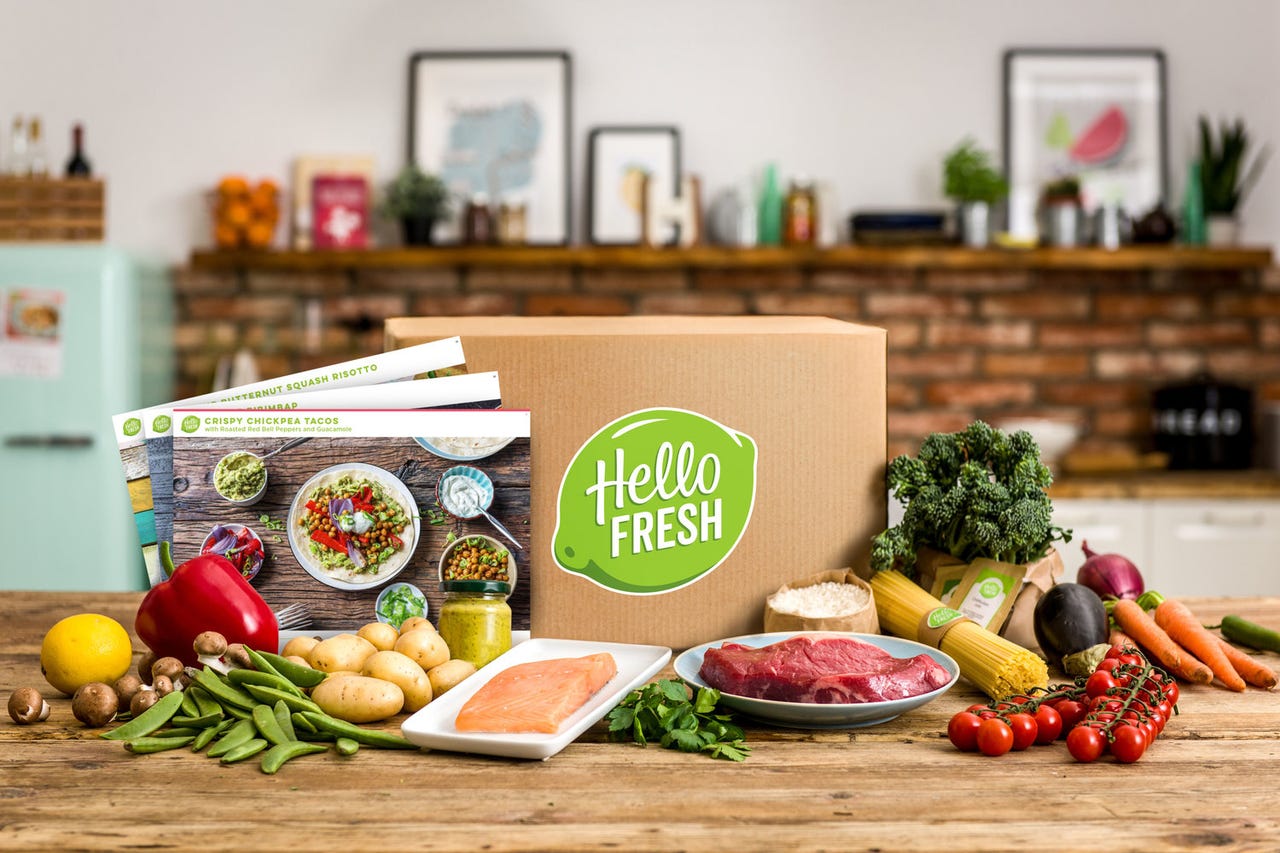How HelloFresh uses big data to cook up millions of custom meals


HelloFresh provides fresh ingredient boxes to millions of customers.
Work, commuting, child care and other activities can make time seem like a precious commodity in the modern world -- and that's before finding something to eat every evening.
Admittedly, we don't have to go hunting and foraging like our ancient ancestors, but even heading to the store after work can seem like a lot of effort -- and more often that not, you'll end up with a bland pre-packaged meal. You could, of course, order a take-out at the tap of an app, but both your wallet and your waistline will suffer if you do that more than once or twice a week.
One company seeks to provide time-poor customers with all the ingredients required to quickly make their own meals -- and it doesn't involve a microwave.
Ingredients for success
Founded in 2011, HelloFresh delivers fresh, pre-measured ingredients and cooking instructions to customers in markets around the world including the US, the UK, countries in continental Europe, and Australia.
"The end goal is to change the way people cook," Karl Villanueva, Head of Paid Search and Display at HelloFresh, tells ZDNet. "There's a large rediscovering cooking element there that we find very interesting".
HelloFresh has millions of customers, and Villanueva says that data about their preferences is "at the core of company operations", aiding everything from predicting the foods people most want at certain times of year to using data to help match different foods and ingredients.
To predic the foods people want, the company harnesses Google Keyword Planner to see what's trending in searches and what's likely to trend at certain times.
November sees searches for turkey- and pumpkin-related recipes increase due to Thanksgiving, for example, so HelloFresh can alter its offering in the US to reflect that ahead of time.
"It's not something you just have an idea of, you can back it up with data on how many people are looking for these ingredients at this time, so it provides a seasonality score," says Villanueva.
The company wants to provide recipes around seasonal and popular foods that people might otherwise go out to a restaurant to eat, so the data team analyses at what people are searching for and then looks to cater for it.
"If Pho is trending in the United States, that gives an indicator that's a recipe that people might be interested in because they're eating in a restaurant but might like to learn how to cook it at home," he says.
Data analytics is used to determine which food is best for different customers.
HelloFresh's data team employs business intelligence and analytics tools from Tableau Software to help visualise the data and statistics, aiding the company in determining how best to provide customers with what they want.
"I could view the same data in an Excel spreadsheet in a lot of rows, but it might not be something that's very easy to digest, because it'd just be rows upon rows of data," says Villanueva.
"But if we're able to look at it as bar and line graphs and so on, it's something which can be very powerful", he continues, adding "You really get to see correlations between things or what happens when we make changes. That's a big benefit."
The ability to determine what's in season in different parts of the world also helps HelloFresh provide customers with a better-quality product.
"When food is in season, it tastes better. So if we can gauge what's seasonal, that gives an underlying indicator of what ingredients we should use in recipes for this month." says Villanueva.
This isn't just a global metric: the data reflects "cultural differences in taste and meal preferences" in the company's different markets around the world, with individual analyses undertaken to take customer feedback into account.
Food for thought
HelloFresh also wants to use data to take individual ingredients and try to classify what they do and don't go well with, perhaps coming up with combinations that haven't previously been considered.
"You could really look at the chemical properties of food," says Villanueva, "It's something that's easy to do if you have a few pairings; take their flavour profiles then try to figure out which flavours work well together."
But the company's idea is that it could all be done by using big data and analytics, rather than a kitchen. That's because it's not realistically possible to boil down each ingredient to its chemical element and individually attempt to pair things together at random. However, the visual big data platform could allow HelloFresh to streamline the process, while also coming up with some interesting new ideas.
"You can't try and mix everything in a massive kitchen. You want to take it scientifically and say, based on our data, that we know these go well; so which other flavours can we find that will work as well?" says Villanueva.
Ultimately, HelloFresh wants to provide customers with interesting new foods they can cook -- and big data is something the company feels will play a key role.
"We're essentially able to provide new food pairings that people may not have thought of by themselves, so we can push the boundaries of which dishes and ingredients pair well together," says Villanueva.
Read more on Big Data